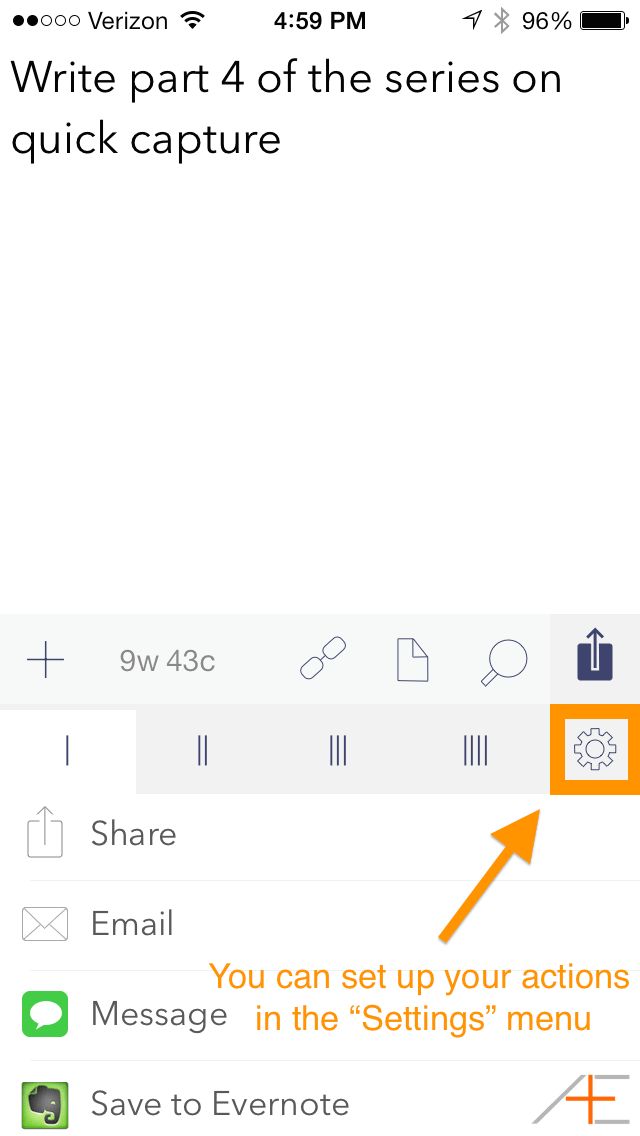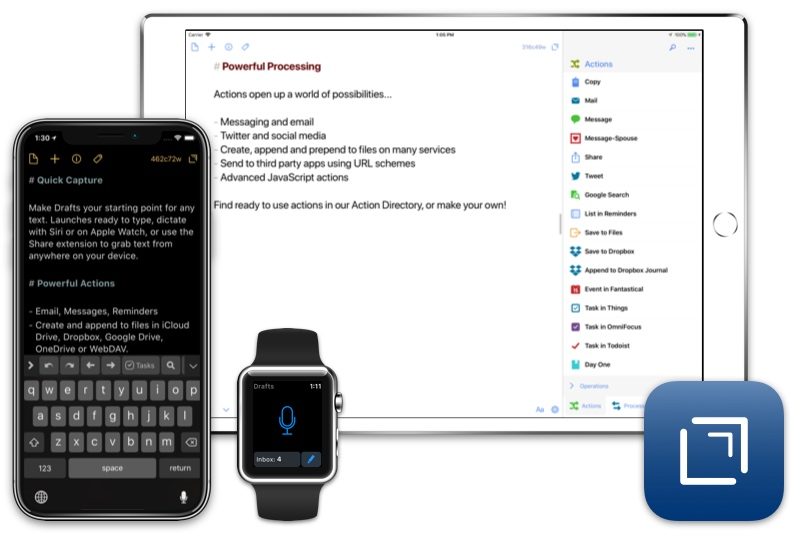

You can write you notes in either plain text or using Markdown. nvALT doesn’t automatically render notes formatted with Markdown, but you can preview and print them. More about this in a few moments.Īnd there are a few of them. The main ones that I want to look at are tagging, searching, and previewing notes. Tagging adds one or more keywords to a note. That keyword makes it easier to find a specific note.

Why should that be a problem? nvALT doesn’t understand the idea of folders (like the ones you use on your computer or in a tool like Dropbox). To tag a note, double click in Tags column for a note. Then, type the tag that you want to add to a note -for example, blogging. You can sort your notes by their tags by clicking the header or the Tags column. From there, scroll through to find a note. SearchingĪs I mentioned a moment ago, nvALT stores notes in a long list. There are no folders or any way to organize your notes other than with tags.īut you can search for notes. To do that, type words that might be in the title or body of your note in the Search or Create box at the top of the nvALT window. Depending on how many notes you have, you may still wind up with list containing several notes, but using the search function narrows that list down considerably. I mentioned this a few paragraphs ago when talking about nvALT’s support for Markdown. The preview gives you a nicely-rendered version of a note. To preview a note, select Preview > Toggle Preview Window. You can save the preview as an HTML file, or copy and paste the HTML by clicking View Source.

There are a few other useful features that make nvALT a bit more flexible. The first of those is the ability to export your notes as plain text, HTML, RTF, or as a Word document.
NVALT FOLDERS PDF
You can also save a note as a PDF file by selecting Preview > Print Preview / PDF. If you use use Simplenote, can set nvALT up to automatically synchronize your notes with the service.


 0 kommentar(er)
0 kommentar(er)
